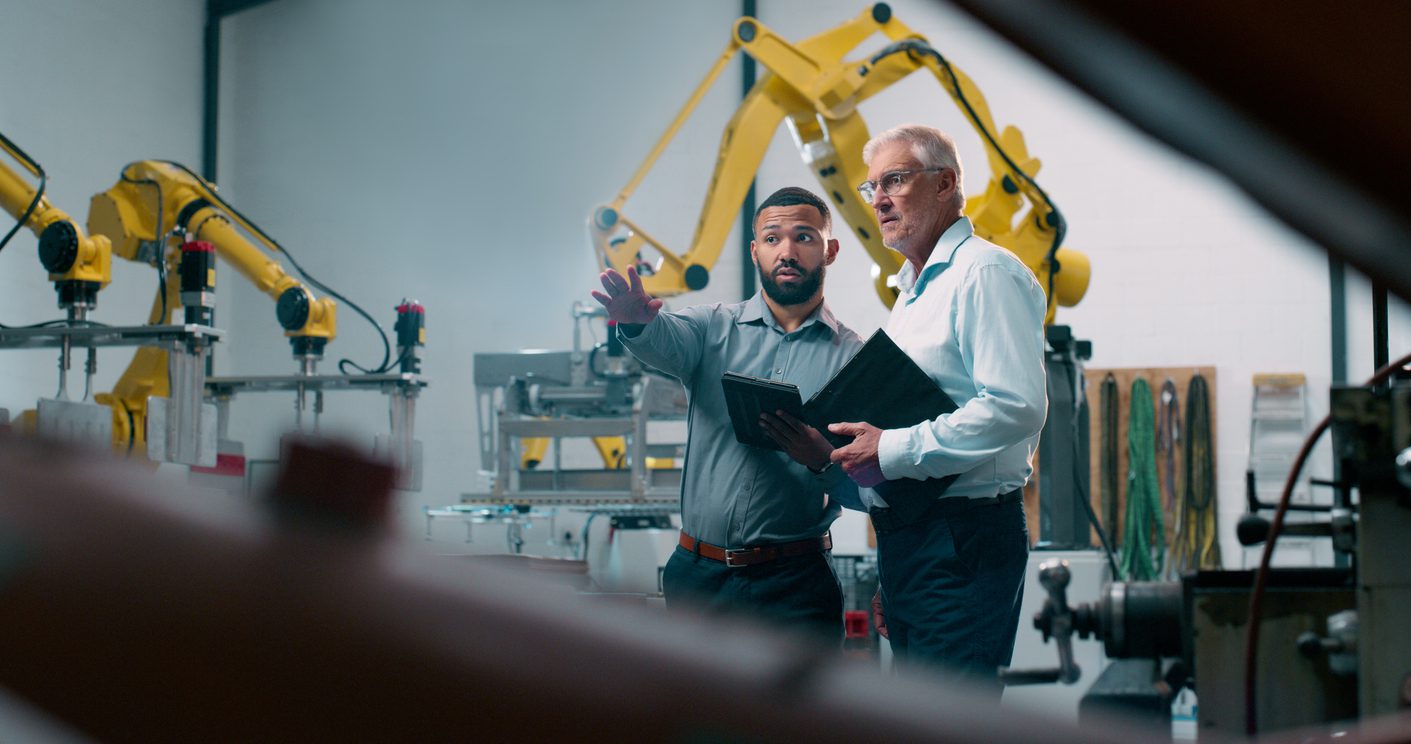
James Summerscales, brand director at Influential Agency Group, reflects on the importance of trust in marketing B2B brands in the built environment.
From word of mouth recommendations to having a track record of successful delivery, trust is an incredibly powerful dynamic in winning new business. For marketers, one of the most compelling challenges is how do you imbue any given brand with ‘trust’ before a prospective customer has actually experienced the product or service in question?
It’s no small challenge. Trust is an essential ingredient in effective communication and, as we know from life, a principle that governs all relationships.
In simple terms, creating trust starts with having a clear brand purpose. This is essentially a brand’s reason for being beyond making money. We should not confuse this with a ‘brand promise’. A brand promise may give the buyer an idea of what to expect from the product or service, but the brand purpose is both wider and deeper, connecting with customers on a more emotional level.
It is not at all uncommon for there to be significant deficits here. Many manufacturing brands are merely functional and often almost interchangeable. That’s a huge issue when trying to stand out and engage with prospective customers in a crowded marketplace.
Developing a brand promise means spending time understanding what intentions you have for your industry and, potentially, how you will disrupt the market. Why should people value what you offer? Has your life experience influenced your ethos? What is your mission?
The starting point is accepting the premise that people increasingly don’t buy what you do; they buy why you do it. This is the defining spirit of our times – and this zeitgeist just becomes stronger with each passing year.
In reality, there is no B2C or B2B – we are all consumers. Developing trust in a brand should be a priority because driving sales is based on creating an emotional response. Once you have that purpose nailed, the marketing function has to think about how it can optimise emotional responses through your content in its many and various forms, including the use of video, infographics, case studies, social media and press releases. Yes, it probably means binning the old website copy. You’ve got to find a form of words that truly articulates your brand purpose.
You should say why you’re doing something, what actions you’re taking as a business and the outcome in the real world. Having a sustainable approach to operations, for example, happens because you believe that if we all make changes, we can protect the climate and make a better world and you do this by using reusable materials which reduces your emissions by 70 per cent.
It’s not always plain sailing for organisations, sometimes things inevitably go wrong which can impact trust. In these circumstances, it’s important to own what’s happened and avoid being disingenuous, which can permanently damage your reputation and consumer faith. People will respect you for being truthful about an incident, how it happened and what you’ll do to ensure it doesn’t happen again. They’ll also be far more likely to forgive you.
In all this, it’s worth remembering that the first group of people who need to believe in your brand are your employees. A company can sell a product or service, but if no one in the company believes or understands why it exists and its vision for the future, how can it expect its customers to? That comes back to one clear vision and understanding, your brand purpose.
Explore our branding services.













